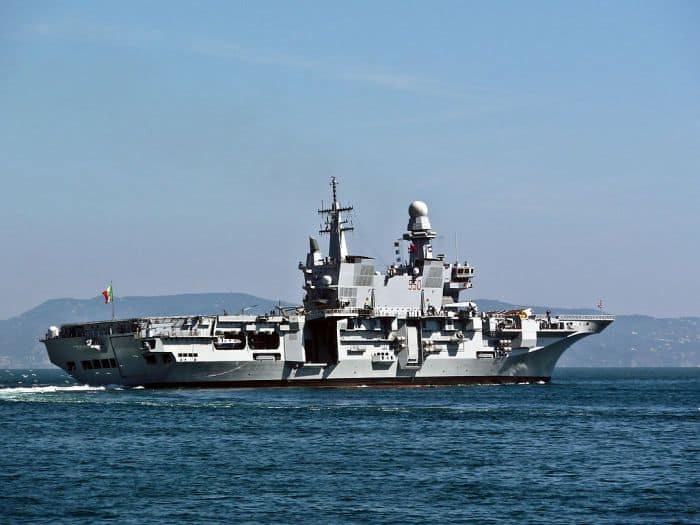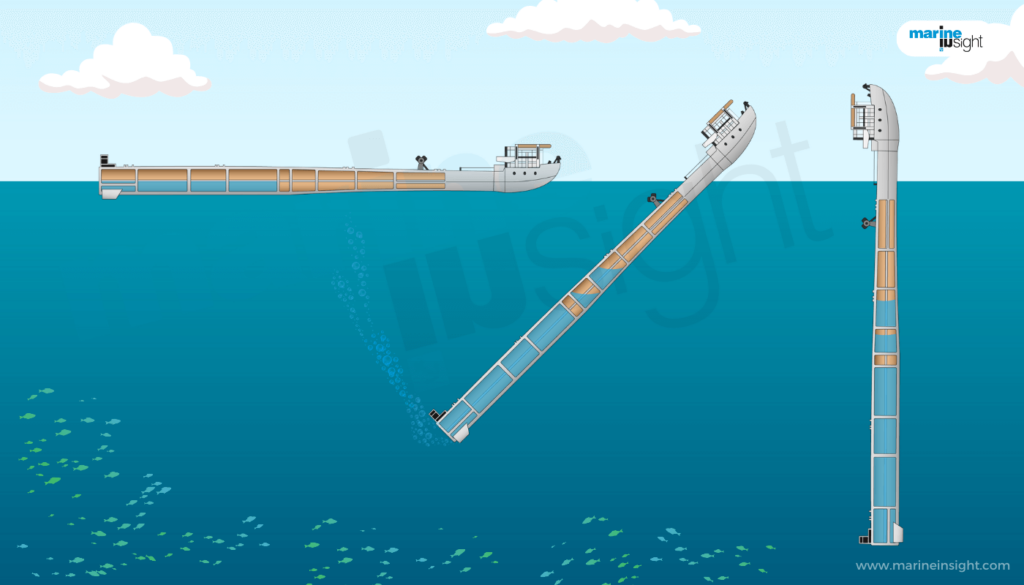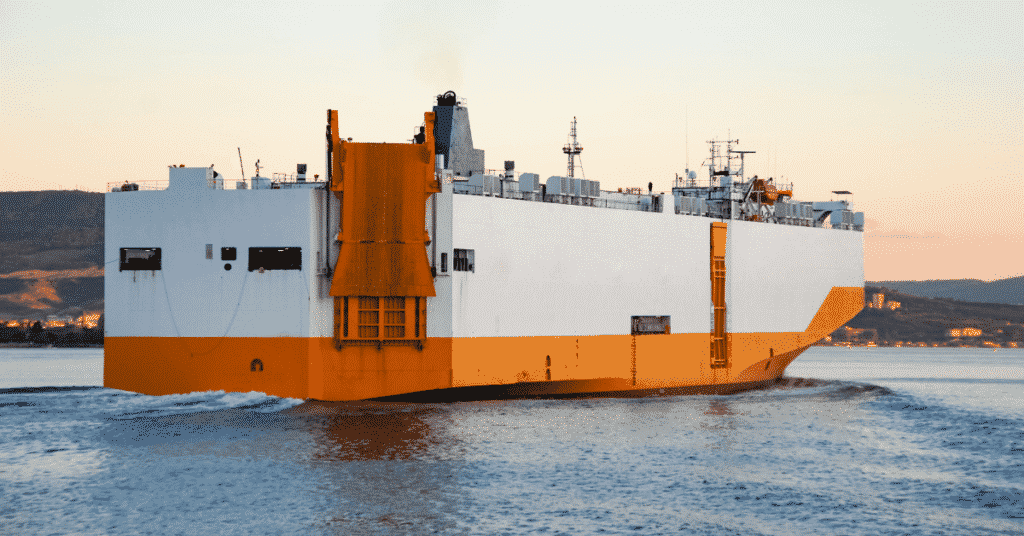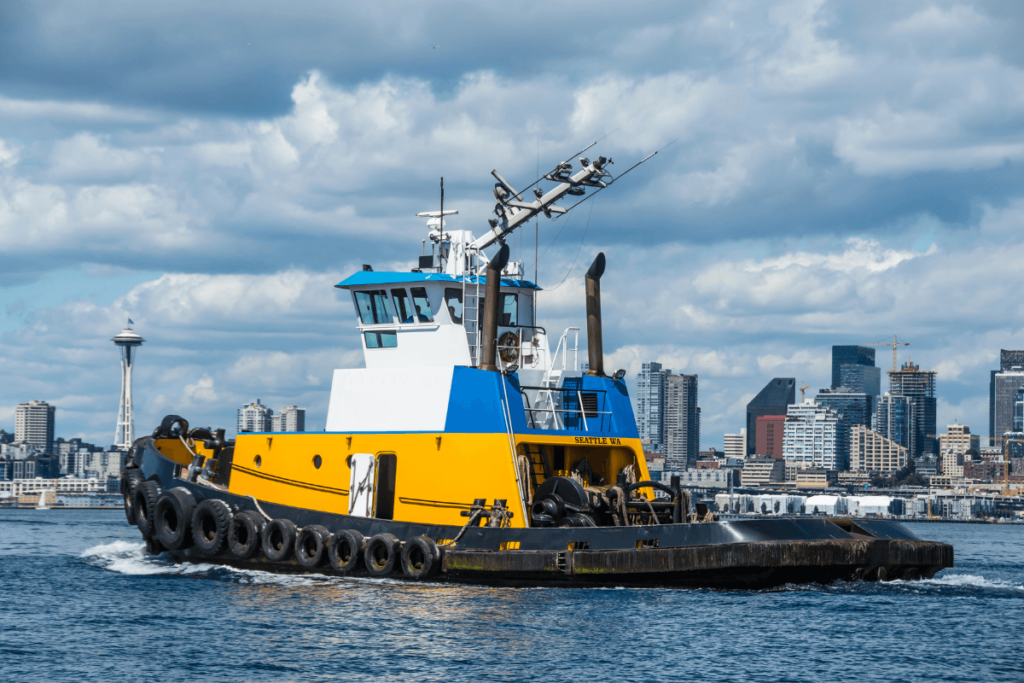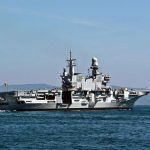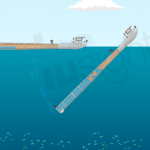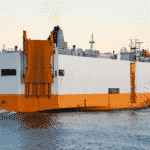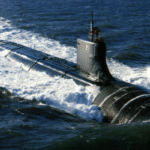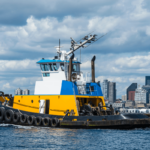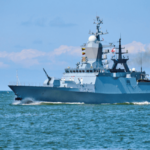Different Types of Canoes Explained
How many of you would like an endearing experience on a canoe across a river? What about cascading down a wild mountain stream without care? Before doing so, you might want to know more about these small and appealing watercraft, one of humankind’s oldest inventions.
The word canoe derives from the term “Kanawa,” from the native Arawakan language of the Caribbean. In layman’s terms, canoes are nothing but small, open, man-driven, and simple shallow watercraft that can accommodate one or a few individuals.
By man-driven, it simply means that they use direct human effort. Canoes essentially have oars or hand-paddles operated by the person for propelling the vessel ahead. So, in straightforward terms, they are a kind of primitive hand-rowed boats that man has used since the beginning.
However, unlike a fisherman’s boat that we are used to seeing often, they are open at the top and both ends and have some typicalities in the hull design, which we shall briefly touch upon in the later course of this article.
Canoes are argued to be the oldest and the most primitive form of floating watercraft used by human civilization. Evidence of their advent can be traced back to as early as 7000-8000 BC, shortly after the Ice Age ended. They were nothing but roughly carved blocks of wood or entire slabs of a tree trunk. The cut-out portion in the trunk housed the person on board. This human breakthrough is believed to be the starting point that led to development of other kinds of vessels.
The earliest canoes fulfilled basic human necessities like foraging, carrying materials, hunting, fishing, traveling, and escaping during extreme natural conditions or predator invasions. However, modern-day canoes are built for water sports, explorations, excursions, and adventures. Certain tribal groups still use primitive canoes for fishing.
From the point of view of construction, ancient canoes were of two kinds.
Dugout Canoe
They were the most common type, made from a whole log of wood or a trunk slab by cutting out the interiors. The earliest forms of canoes, as mentioned earlier, were typical of the dugout type. Most native communities in Europe, South America, Africa, Asia, or the diverse Atlantic and Pacific island regions employed this technique in carving out their vessels. Making dugout canoes was quite simple but required complicated and reliable cutting tools.
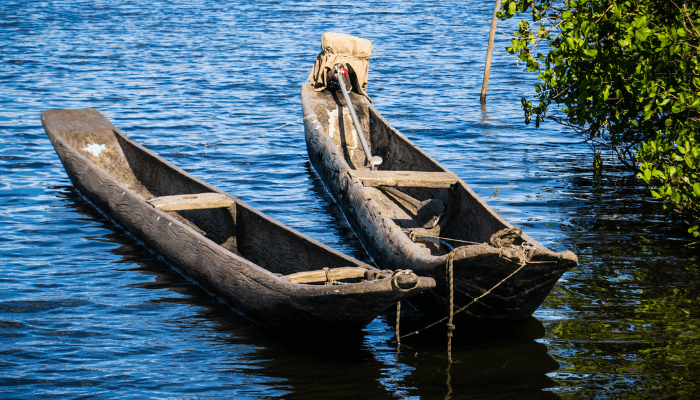
Skin Canoes
This technique is essentially the reverse procedure of carving out dugout-type designs. In this relatively complicated process, instead of breaking off a log or trunk, the outer skin or bark of the tree was skinned or peeled off using specialized cutting tools. After stripping the bark or outer skin, it was sized and made even to suit the requirements. After that, the inside surface of the bark was exposed to a moderate amount of fire.
This made the bark drier, harder, and burl inwards, giving rise to the concavity required for any typical floating vessel. After the ends were stitched, any pore or crack on the surfaces was plugged or glued. The boat was ready after the latent time required for drying. These canoes were used by the native Australian aborigines and American settlers. This was a comparatively time-consuming process and required proper tree selection as the bark needed to be thick and hard.
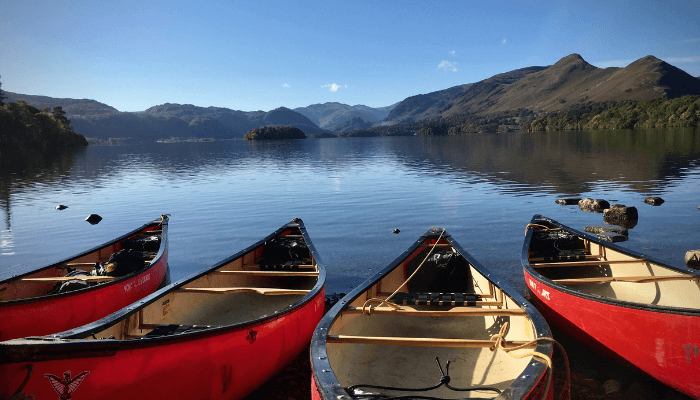
Construction material used for making canoes
Dugout and skin canoes are now pieces of ancient history. Over time, humankind employed modern techniques for constructing canoes as maritime technologies evolved and grew.
- Wood: As we know, wood was the earliest material for making canoes. Surprisingly, they are still used, as they are lightweight and are less expensive to construct.
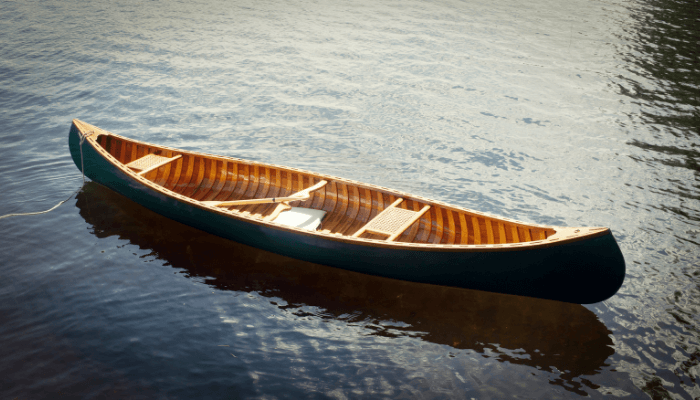
- Aluminum: Several modern canoes use aluminum due to the metal’s lightweight and durability. They also require low maintenance and are efficient to temperature changes.
- Kevlar: Canoes are also made of Kevlar, a lightweight, durable, flexible, and highly malleable polymer. The strength and elasticity helps absorb shock received during a collision with rocky features. However, this strongly depends on the canoe’s weight as larger and heavier designs tend to have greater strength. Some disadvantages of Kevlar constructions are construction expenses, high maintenance, and a high degree of inflammability.
- Carbon Fiber Canoes: Made from another composite material called carbon fiber. Like Kevlar, they are lighter and flexible. Likewise, they are also expensive and can become brittle over time. They are more suited for calmer waters than rough waters.
- Fiberglass: Most popular among composite materials and was in the picture even before Kevlar or Carbon Fiber. Fiberglass canoes utilize composite fiber and resin mixtures, later molded and hardened. The hull form has fine entrance and aft lines, making them faster and hydrodynamically more efficient. They are lightweight, have high speeds, are more durable, and require low maintenance. They are relatively cheaper than carbon fiber or Kevlar types. However, they are not designed for rough and wavy conditions and can crack under high-impact loads.
- Royalex and polyethylene plastics are also used for fabricating canoes quite often.
- Square Back Configurations: Have an excellent square stern compared to rounded or curved ones. They are the only canoes having a stern motor or engine as an additional propulsive means when required—commonly used for fishing and hunting, where speed is needed.
- Folding Canoes: As the name suggests, they can be folded back like a camp bed or tent when not required! They are small and can easily be carried from one place to another.
- Inflatable Canoes: Akin to a life raft, they can be inflated or deflated. Contrary to circular rafts, they have a more prominent shape like a conventional canoe and are driven by paddles or oars. They are convenient to store and transport, as expected. The skin of inflatable canoes is made from polymers like PVC. They are unsuitable for rough waters.
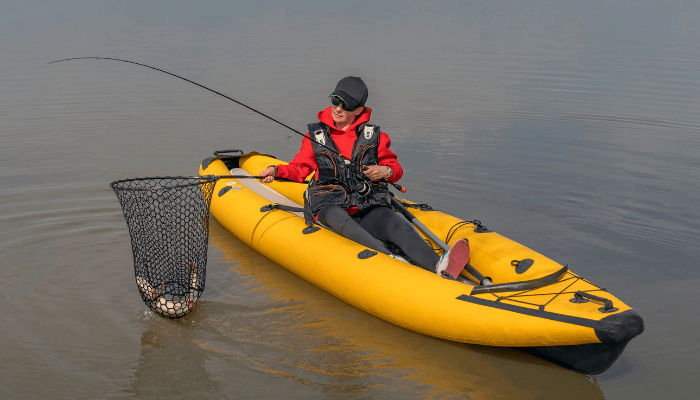
Types of Canoes based on Configuration
Solo: As the name suggests, Solo Canoes are small in size and can carry only one person responsible for paddling and steering. The seat for this person is roughly halfway between the bow and stern for better rowing efficiency and balance. They are lightweight, stable, and within 10 feet in length.
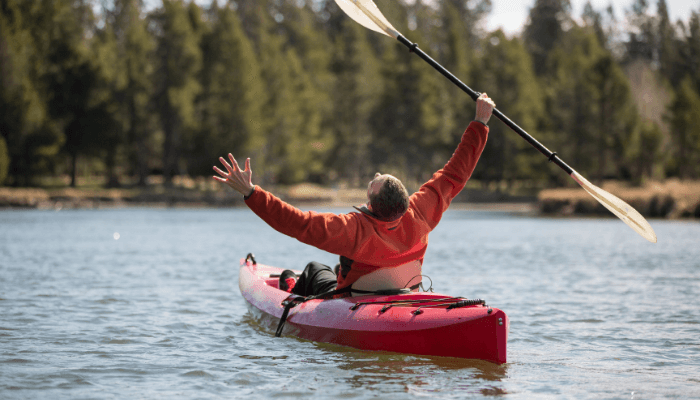
Tandem Canoes: Can easily carry two or multiple persons. Tandem canoes measure over 15 feet and are longer depending on the seating capacity. Hence, the more people, the greater propulsive efficiency and steerage due to the increased concerted effort. As tandem canoes are also larger, they have more space for storage, making them suitable for longer trips.
Types of Canoes based on Purpose
Recreational: Constructed mainly for pleasure or recreational purposes. Recreational canoes are easy to control and have a low length-to-width ratio. They are best suited for calm waters of lakes or rivers. Modern recreational canoes are made from aluminum or plastic composites and are pretty stable structures.
Touring Canoes: Designed for excursions or expeditions, touring canoes are multi-seater and can cover longer distances. They are more than 20 feet long and slender, with high resistance. Moreover, they can carry a considerable amount of weight and are stable. However, owing to their hull, they can sometimes be challenging to maneuver. Made from fiberglass or other composites, they have a greater displacement and draft. A touring canoe in a fully loaded condition shows better propulsive characteristics. Though mainly used in rivers and canals, they are even suitable for rough waters.
Whitewater Canoes measure between 8-12 feet and have high slopes or rakes at both the bow and stern regions. Furthermore, they have high elevated sides to reduce water ingress and additional features like flotation panels. Thus, whitewater canoes are suitable for fast-moving rivers, falls, etc., irrespective of the topography. They can accommodate one or two people, are stable, and are easily maneuverable, made from Kevlar or Royalex.
River Canoes: These canoes combine features of whitewater and conventional touring canoes. They are long and slender, but because of their improved hull form, they have good maneuvering characteristics, high rakes, and elevated sides like whitewater canoes. Their hull form can be either rounded or flat-bottom. They are made from plastics, fiberglass, or other composites.
Racing Canoes are designed for racing and water sports. They are long, sleek with a pointed, narrow bow and stern, intended for high resistance efficiency and piercing through rough water conditions. They have very high-speed characteristics. They can house multiple people but have limited space to store other items.
You might also like to read-
- Canoes – Design, Construction & History: Marine Vessels of the Past
- What is a Kayak?
- 7 Differences Between a Ship and a Boat
- A Guide To Types of Fishing Vessels
Disclaimer :
The information contained in this website is for general information purposes only. While we endeavour to keep the information up to date and correct, we make no representations or warranties of any kind, express or implied, about the completeness, accuracy, reliability, suitability or availability with respect to the website or the information, products, services, or related graphics contained on the website for any purpose. Any reliance you place on such information is therefore strictly at your own risk.
In no event will we be liable for any loss or damage including without limitation, indirect or consequential loss or damage, or any loss or damage whatsoever arising from loss of data or profits arising out of, or in connection with, the use of this website.
Do you have info to share with us ? Suggest a correction
Latest Type Of Ships Articles You Would Like:
Disclaimer :
The information contained in this website is for general information purposes only. While we endeavour to keep the information up to date and correct, we make no representations or warranties of any kind, express or implied, about the completeness, accuracy, reliability, suitability or availability with respect to the website or the information, products, services, or related graphics contained on the website for any purpose. Any reliance you place on such information is therefore strictly at your own risk.
In no event will we be liable for any loss or damage including without limitation, indirect or consequential loss or damage, or any loss or damage whatsoever arising from loss of data or profits arising out of, or in connection with, the use of this website.

About Author
Subhodeep is a Naval Architecture and Ocean Engineering graduate. Interested in the intricacies of marine structures and goal-based design aspects, he is dedicated to sharing and propagation of common technical knowledge within this sector, which, at this very moment, requires a turnabout to flourish back to its old glory.
Daily Maritime News, Straight To Your Inbox
Sign Up To Get Daily Newsletters
Join over 60k+ people who read our daily newsletters
By subscribing, you agree to our Privacy Policy and may receive occasional deal communications; you can unsubscribe anytime.

